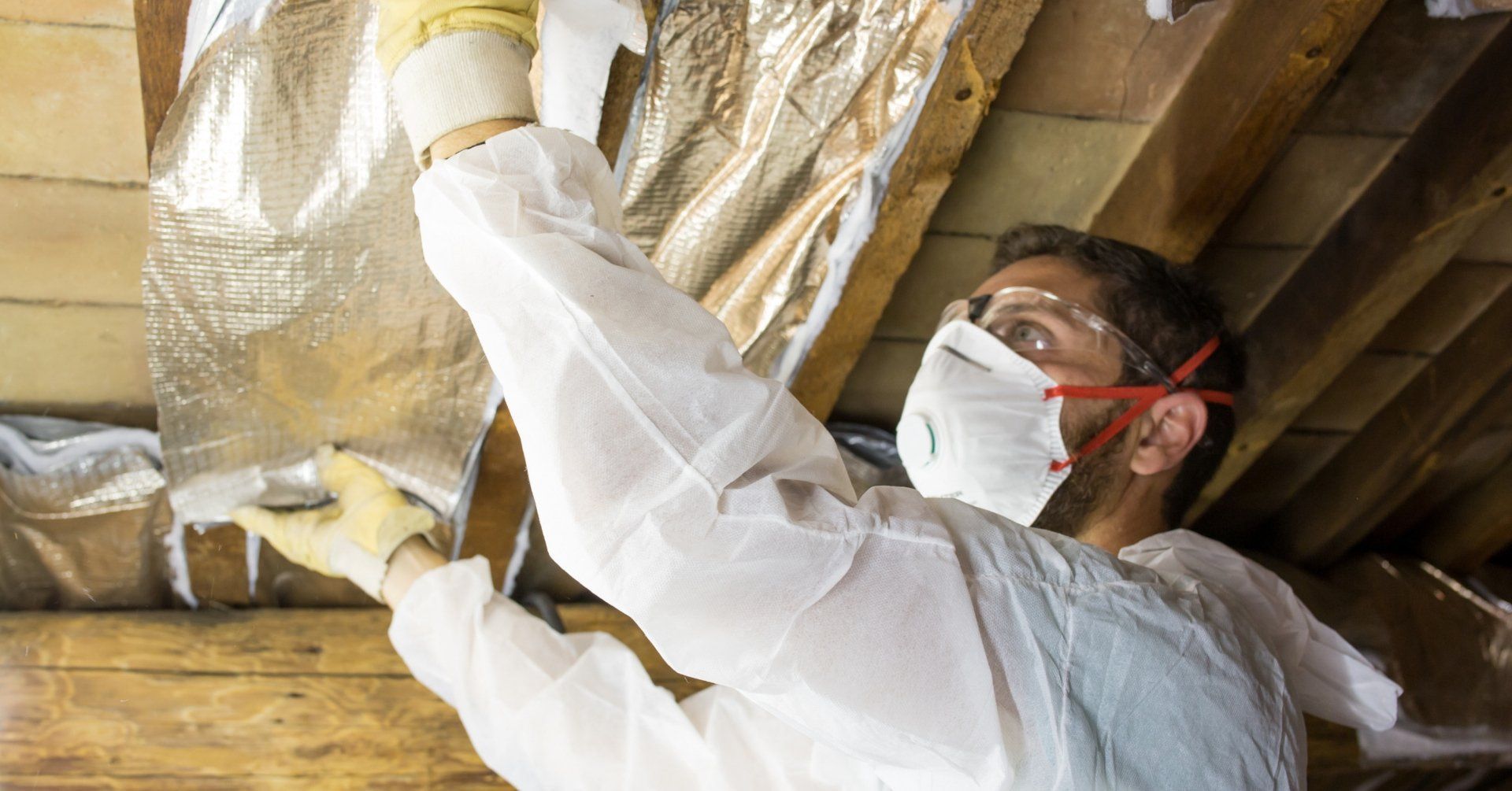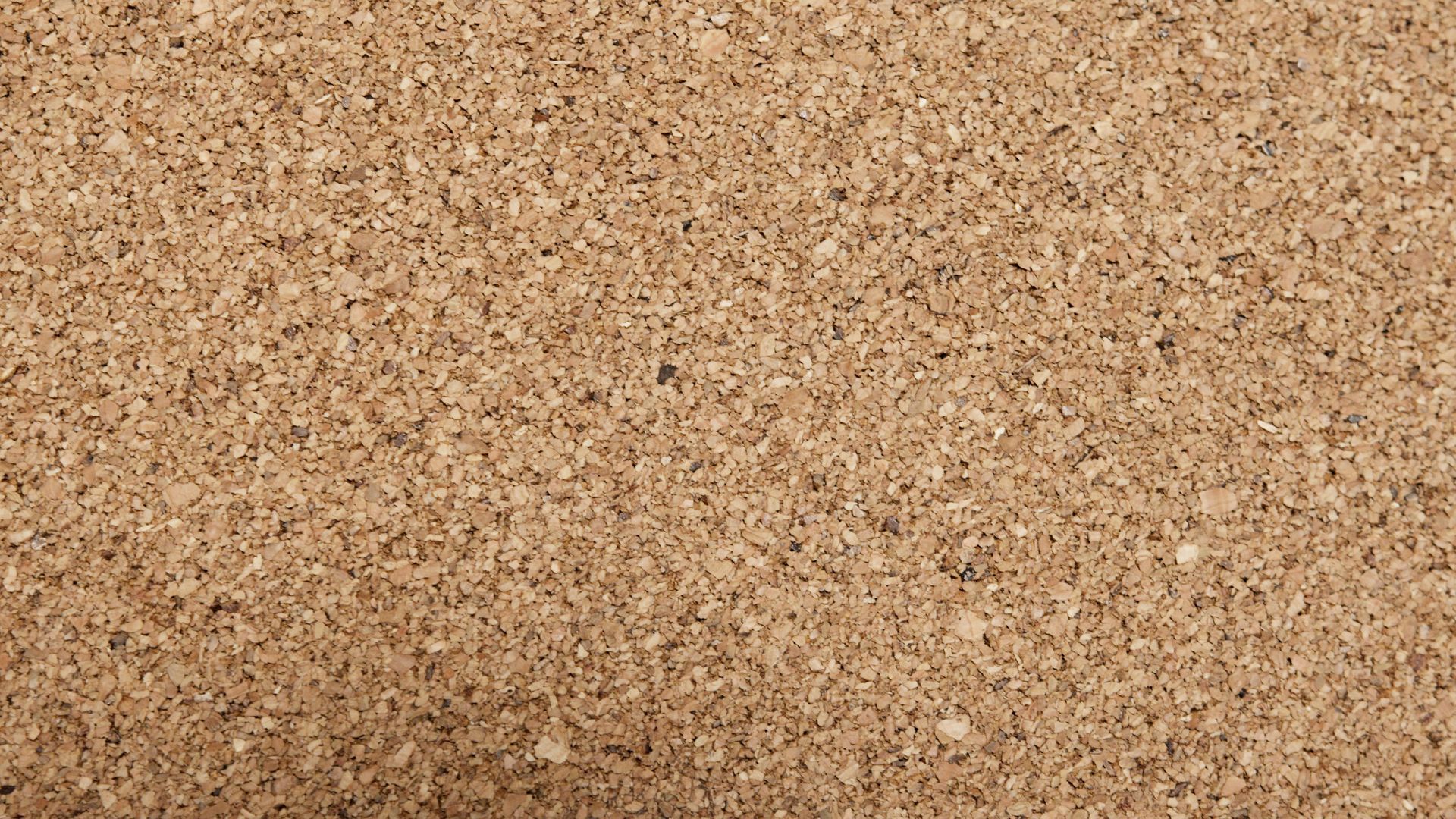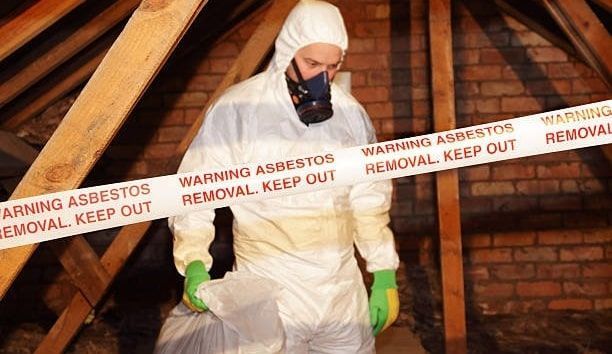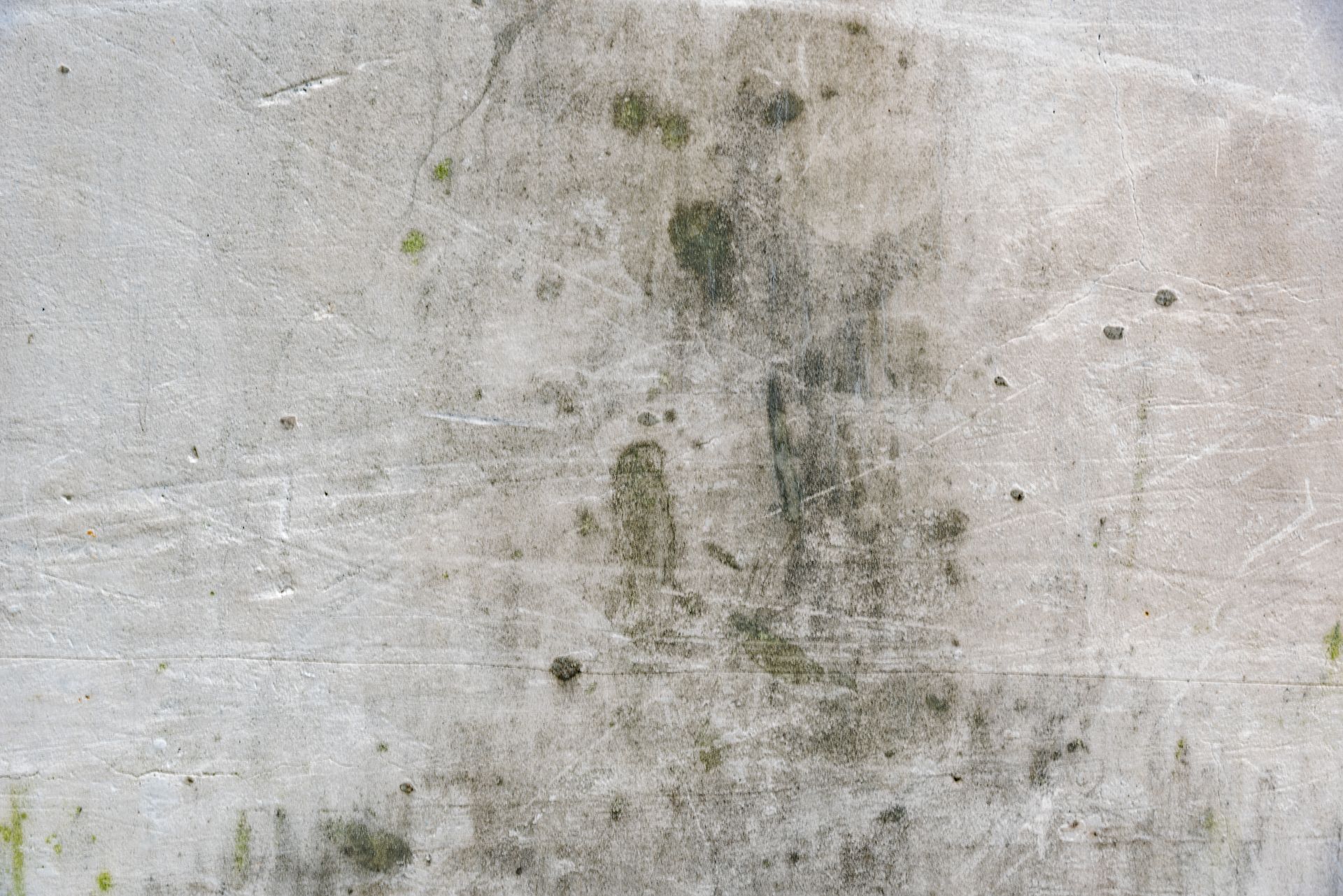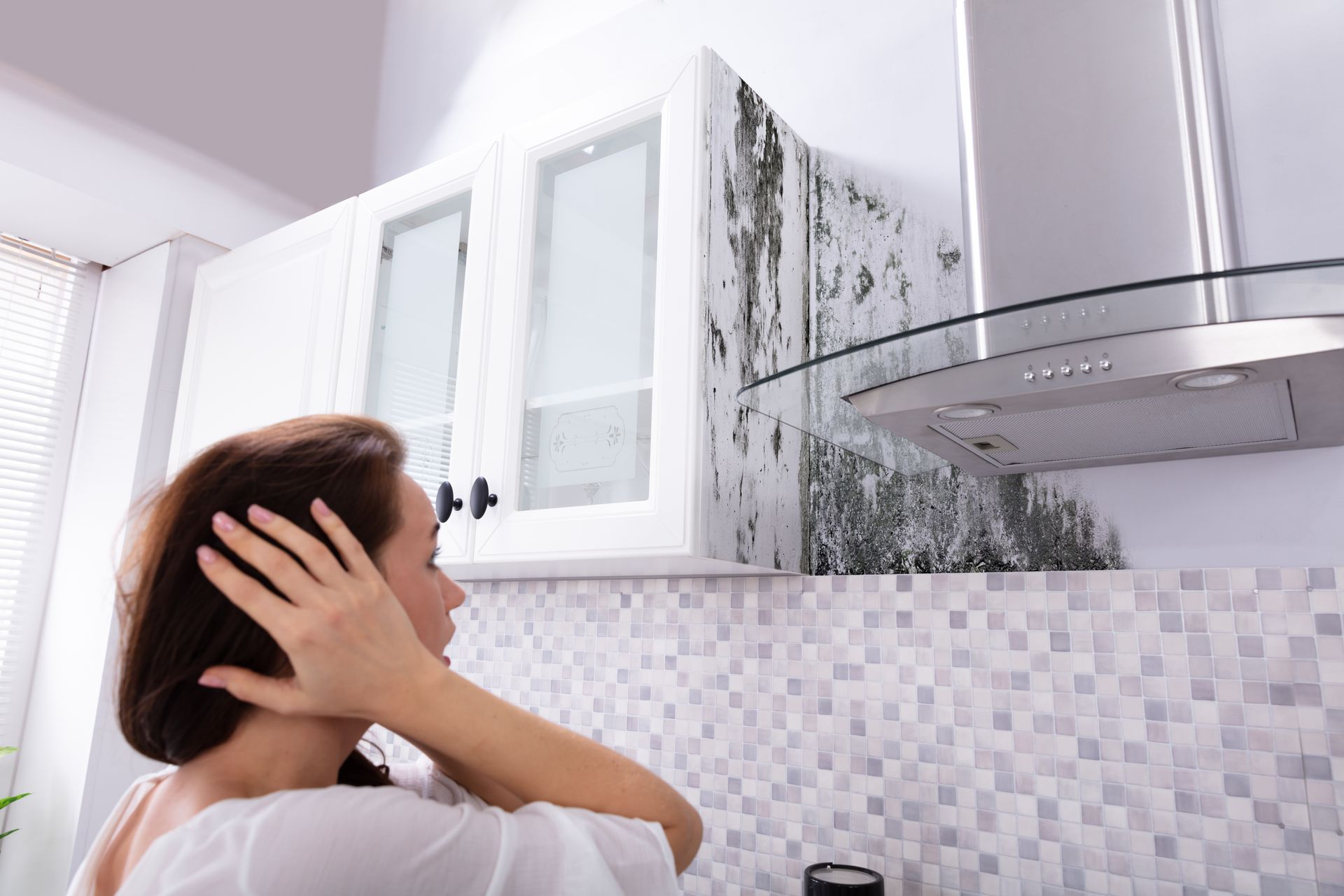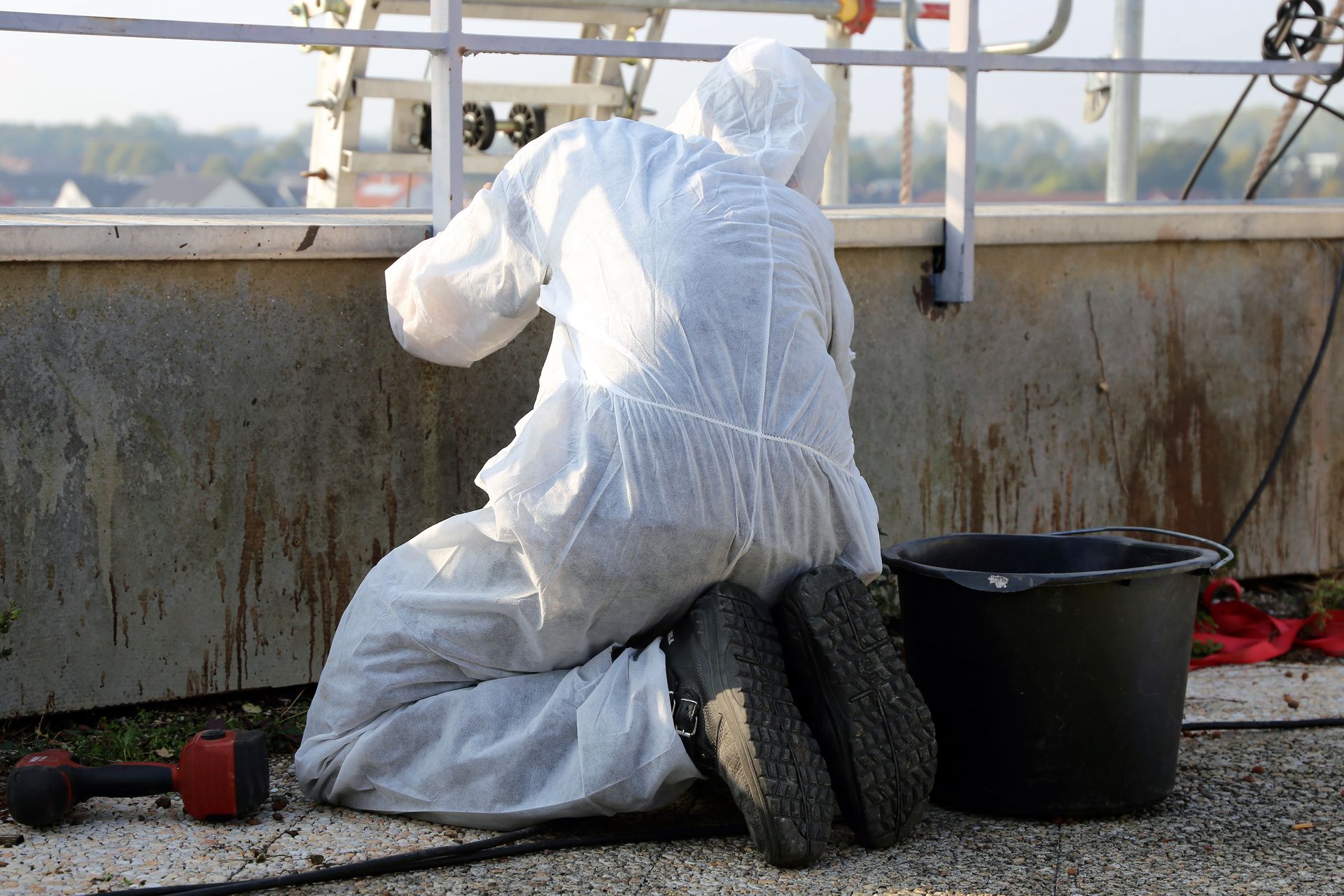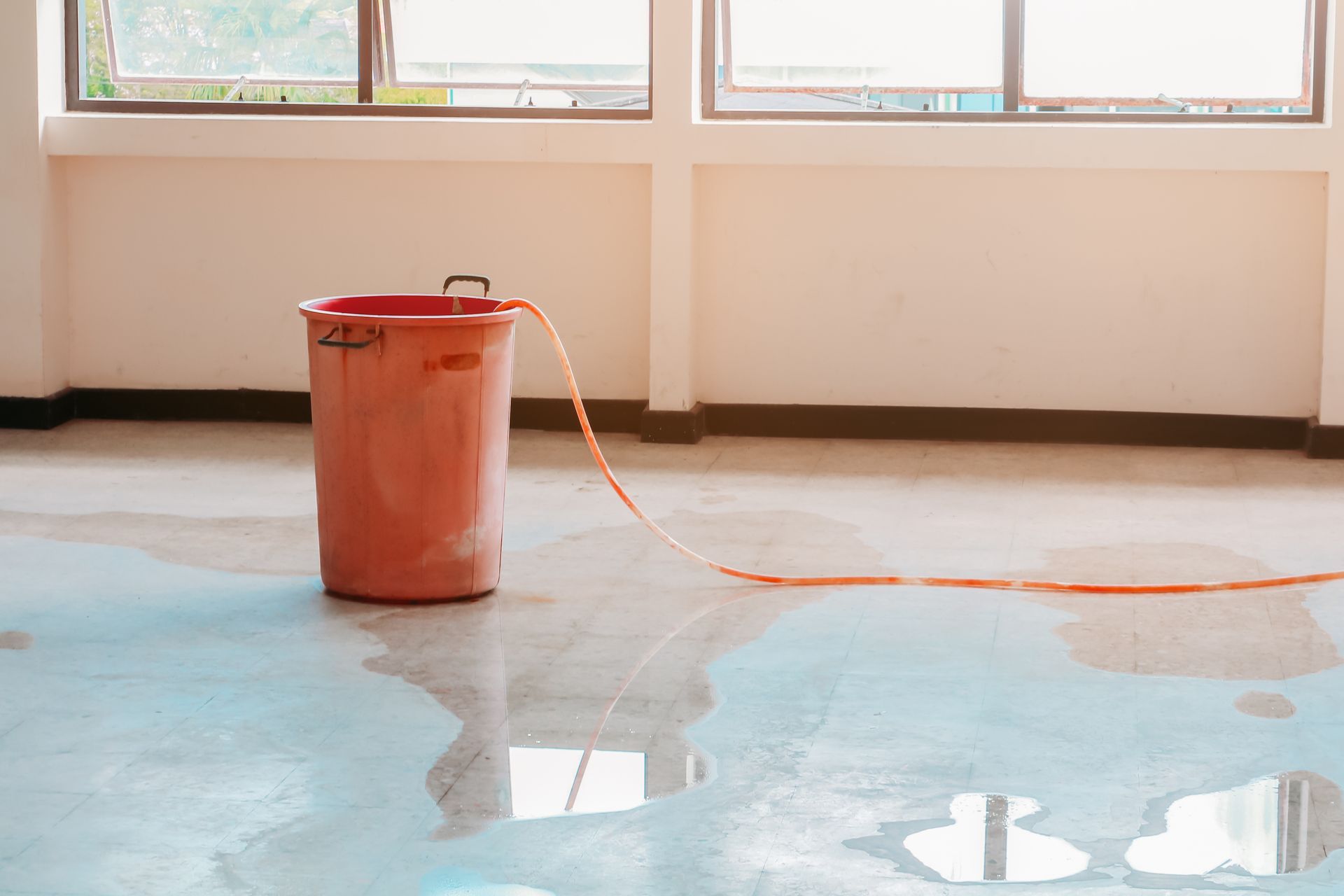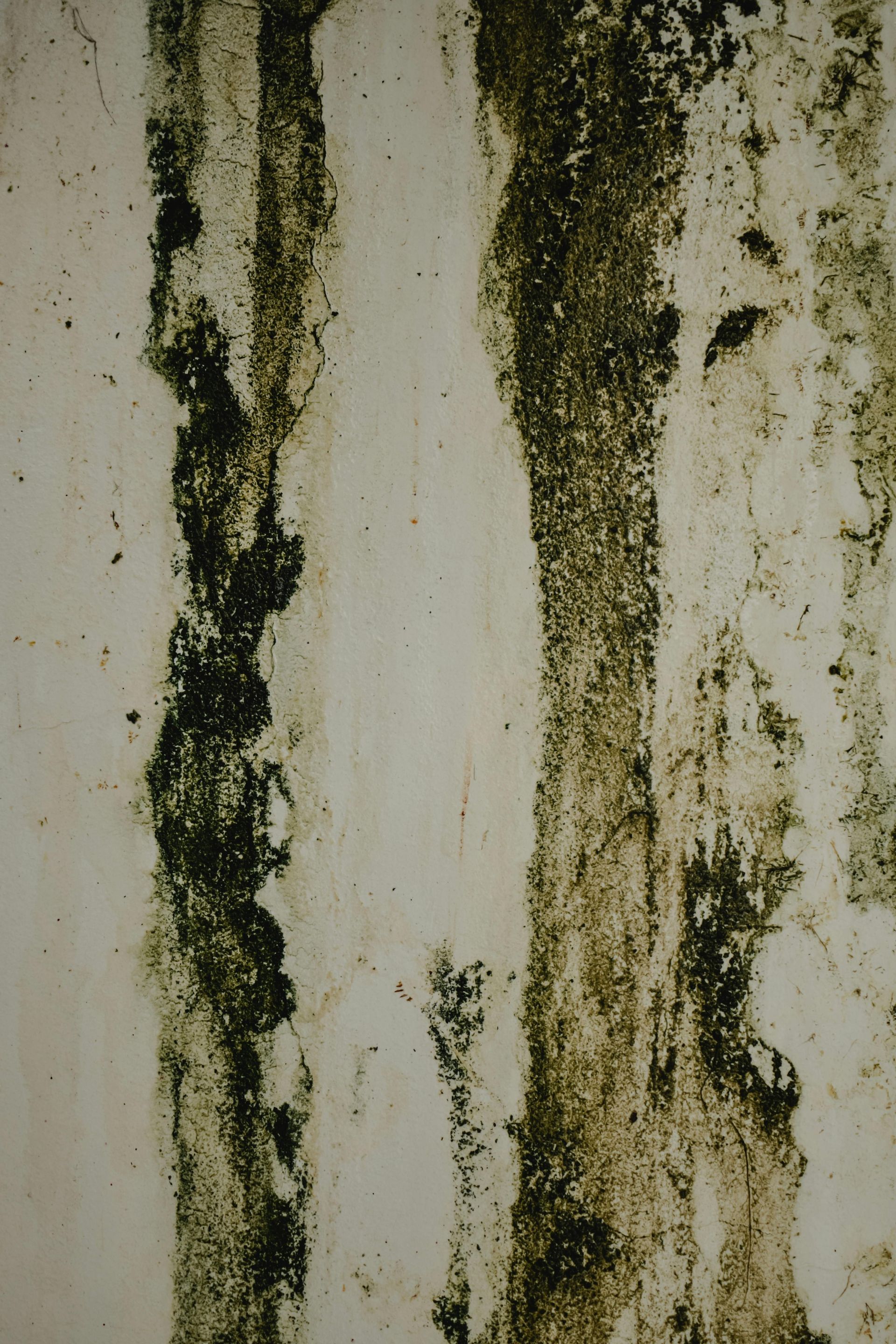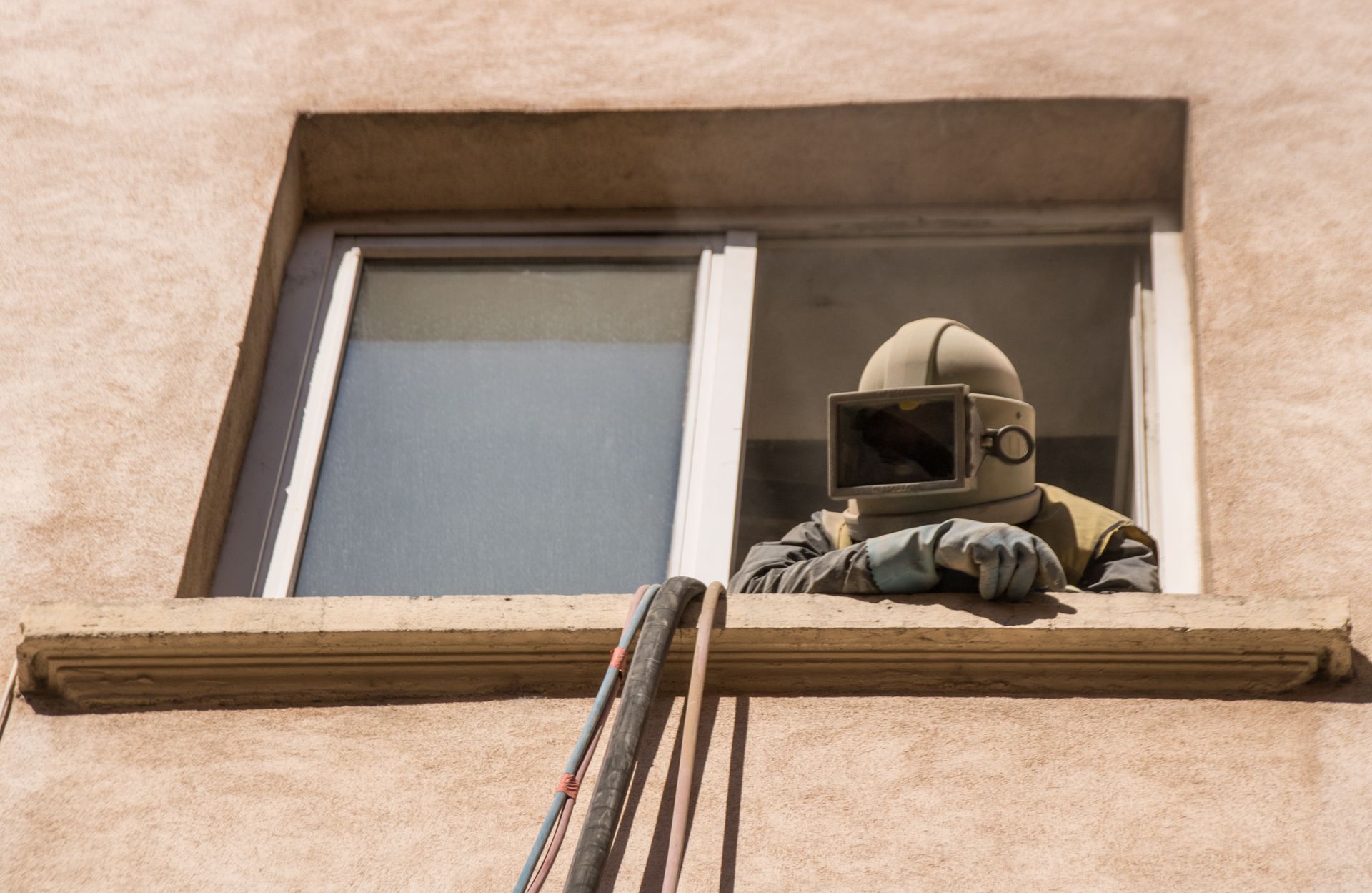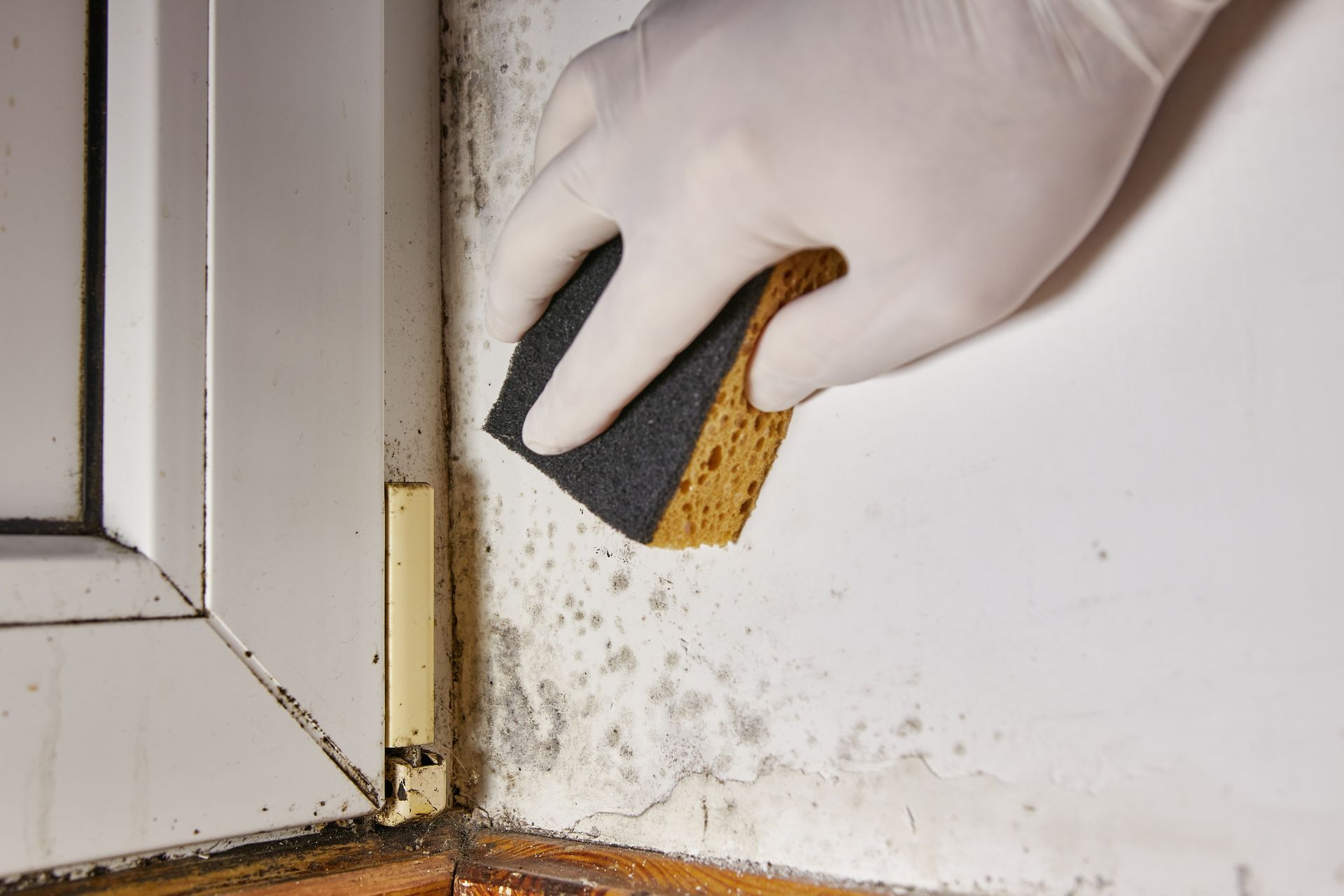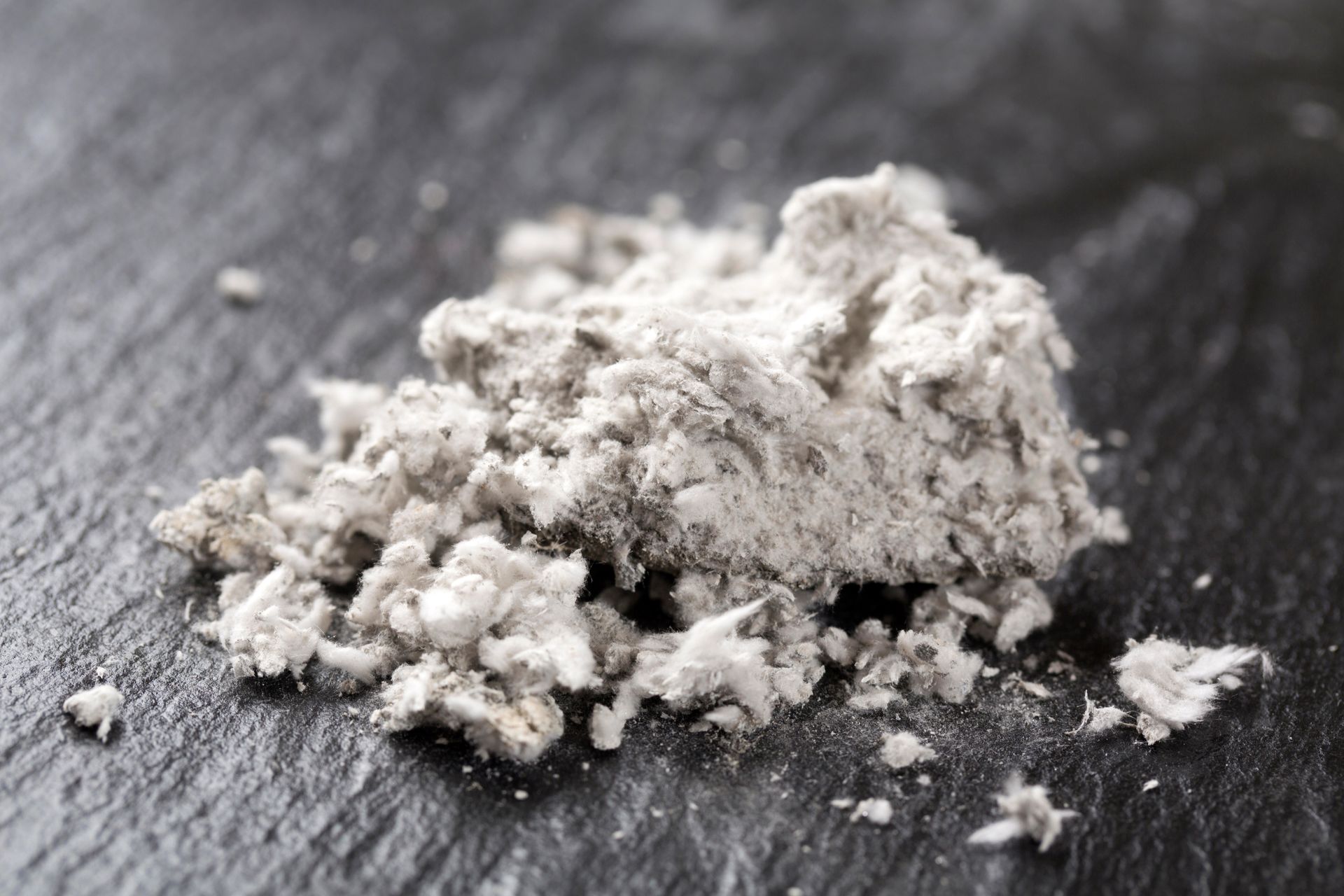Understanding Vermiculite Insulation: Is Your Home at Risk of Asbestos?
You might have seen it before—those loose, pebble-like bits of insulation tucked between your attic joists or poured into wall cavities. It looks harmless enough, right? But if that insulation happens to be vermiculite, it could be hiding something more dangerous: asbestos.
Many homeowners in older properties have no idea what vermiculite insulation is or that it may contain asbestos fibers that pose serious health risks. If your home was built before the 1990s, understanding this material and how to handle it safely could protect both your family and your property.
Let’s dig into what vermiculite insulation really is, how asbestos gets mixed up in it, and what you can do if you suspect your home might have it.
What Is Vermiculite Insulation and Why Was It Used?
Vermiculite insulation was once considered a modern marvel. It’s made from a naturally occurring mineral that expands when heated, creating lightweight, fire-resistant pellets. Because of its insulation qualities and affordability, vermiculite became a popular choice from the 1920s through the 1980s for attics and wall cavities.
It was especially prized for its:
- Fire resistance: It doesn’t burn easily, making it ideal for home safety.
- Lightweight nature: Easy to pour or blow into spaces without heavy machinery.
- Thermal properties: Great for keeping homes warm in winter and cool in summer.
- Sound absorption: Helped reduce noise between walls and floors.
If you live in an older home, there’s a good chance your insulation contains vermiculite. The trouble is, much of the vermiculite mined during those decades came from a source that was contaminated with asbestos—a material that poses serious health risks.
The Connection Between Vermiculite Insulation and Asbestos
Here’s where things get complicated. Most vermiculite used for insulation in the United States came from a mine in Libby, Montana, which operated for decades and was later found to be heavily contaminated with asbestos. As a result, much of the vermiculite insulation sold during that time—often under the brand name Zonolite—contains traces of asbestos.
The issue isn’t the vermiculite itself; it’s the contamination that occurred during mining. Unfortunately, once installed, there’s no easy way to tell whether your vermiculite insulation contains asbestos just by looking at it.
How Asbestos Gets Mixed In
- Natural contamination: The asbestos naturally occurred alongside vermiculite in the same rock formations.
- Dust and fibers: During processing, asbestos fibers mixed with the vermiculite granules.
- Widespread distribution: Once the contaminated product was packaged and sold nationwide, millions of homes were affected.
If you’ve got vermiculite insulation in your attic, it’s best to assume it may contain asbestos unless proven otherwise through professional testing.
Why Vermiculite Insulation Asbestos Is Dangerous
Asbestos is a naturally occurring mineral made up of tiny, needle-like fibers. When disturbed, these fibers can become airborne and easily inhaled. Over time, exposure to asbestos can lead to serious health conditions.
Health Risks of Asbestos Exposure
- Asbestosis: A chronic lung disease caused by inhaling asbestos fibers that scar the lungs.
- Mesothelioma: A rare and aggressive cancer affecting the lining of the lungs or abdomen.
- Lung cancer: Long-term asbestos exposure significantly increases cancer risk, especially for smokers.
- Respiratory irritation: Even minor exposure can cause coughing, wheezing, or shortness of breath.
The real danger lies in disturbing the insulation. Activities like renovating, adding new insulation, or even entering the attic can release fibers into the air. Once airborne, asbestos fibers can linger for hours and spread throughout the home.
So while your vermiculite insulation might sit quietly for years, it becomes hazardous the moment it’s moved or disrupted.
How to Tell if You Have Vermiculite Insulation
If your home was built before the 1990s, take a peek in your attic or walls (carefully). Vermiculite insulation looks distinct from fiberglass or cellulose.
Here’s how you can identify it visually:
- Appearance: Small, shiny, gray-brown or silver-gold granules resembling puffed gravel or cat litter.
- Texture: Lightweight and crumbly when handled (though handling it is not recommended).
- Location: Usually found in attics, crawl spaces, or poured into wall cavities.
What Not to Do
- Don’t disturb it: Avoid touching, vacuuming, or sweeping it.
- Don’t attempt DIY removal: This can release dangerous asbestos fibers into the air.
- Don’t assume it’s safe: Only professional testing can confirm asbestos presence.
If you think you may have vermiculite insulation, the safest route is to call professionals who specialize in testing and removal.
What to Do If You Suspect Vermiculite Insulation Asbestos
If you think your home contains vermiculite insulation, don’t panic—but do take it seriously.
Here’s what to do:
- Leave it alone: If it’s undisturbed, it’s less likely to pose a risk.
- Limit access: Keep people (especially children) out of areas where insulation is exposed.
- Call professionals: Contact a certified environmental service like Hathaway Environmental for testing and possible removal.
- Do not use your attic for storage: The more you move around up there, the more likely fibers can be released.
- Avoid HVAC contamination: Make sure heating or cooling systems that run through the attic are properly sealed.
Once tested, if asbestos is detected, a professional abatement plan can safely handle the removal or encapsulation process.
The Process of Safe Vermiculite Insulation Removal
Professional abatement teams follow strict safety guidelines when removing asbestos-containing materials.
The process typically involves:
- Assessment and testing: Certified professionals inspect your insulation and collect samples.
- Containment: The work area is sealed off with plastic sheeting and negative air pressure systems.
- Protective equipment: Workers wear respirators, gloves, and disposable suits to prevent exposure.
- Careful removal: Insulation is removed using specialized tools to minimize dust.
- Proper disposal: Materials are sealed in airtight containers and taken to approved disposal facilities.
- Air quality testing: After removal, the air is tested to ensure your home is safe for re-entry.
It’s a precise process that keeps both the workers and your family safe. Attempting DIY removal without training and equipment can make things far worse.
Call Hathaway Environmental for Vermiculite Insulation and Asbestos Removal in Solon, OH
Protect Your Home with Certified Professionals
If you suspect that your home has vermiculite insulation that may contain asbestos, don’t take chances with your health. Hathaway Environmental provides professional testing and removal services for vermiculite insulation asbestos in Solon, OH, and the surrounding areas. Our certified team uses industry-standard safety practices and advanced equipment to assess, contain, and remove hazardous materials safely and effectively.
In addition to asbestos-related services, we also offer asbestos abatement, asbestos testing, mold inspection, mold removal, commercial and industrial environmental services, and water damage restoration. We’re committed to keeping your property safe and your family healthy.
Call us today at (216) 538-8355 for expert vermiculite insulation and asbestos removal services in Solon, OH.
FAQ
Is all vermiculite insulation contaminated with asbestos?
Not all vermiculite insulation contains asbestos, but most installed before the 1990s likely came from sources contaminated with asbestos. It’s best to assume it might be until tested.
How dangerous is vermiculite insulation asbestos?
It’s hazardous when disturbed. If the insulation is moved, stepped on, or vacuumed, asbestos fibers can become airborne and inhaled.
How do I know if my insulation contains asbestos?
Only professional laboratory testing can confirm asbestos contamination. You can’t tell by appearance alone.
Should I remove vermiculite insulation immediately?
If it’s undisturbed and sealed off, it may not need immediate removal. However, professional assessment is crucial to determine the safest course of action.
Can I install new insulation over vermiculite?
No. Covering it can disturb the material and release fibers. Always consult an asbestos professional first.
